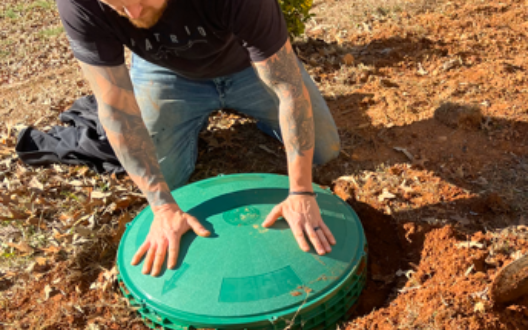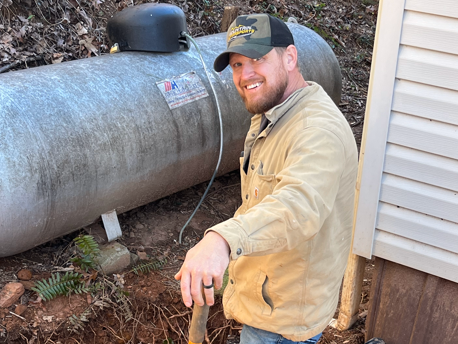When it comes to wastewater management for residential or commercial properties, septic tank installation plays a crucial role. Whether you're constructing a new home or upgrading your existing system, understanding the process and considerations involved in septic tank installation is essential. In this comprehensive guide, we will walk you through the key aspects of septic tank installation, from planning and site preparation to the final steps of ensuring a reliable and efficient system.
Planning and Permits
Before diving into the installation process, proper planning and acquiring the necessary permits are vital. Consult with a septic system professional to assess your property's suitability for a septic tank. Factors such as soil type, groundwater levels, and local regulations need to be considered. Obtain the required permits and adhere to any specific guidelines provided by your local health department.
Site Evaluation and Design
A site evaluation is conducted to determine the most suitable location for the septic tank and drain field. The soil's percolation rate is examined to assess its ability to absorb and treat wastewater effectively. Based on these findings, a septic system design is created, taking into account factors like the number of occupants, water usage, and size of the property.
Excavation and Tank Placement
Once the design is finalized, excavation begins. The area where the septic tank will be installed is carefully dug out, ensuring proper depth and dimensions according to the design specifications. The tank is then carefully lowered into place, ensuring it is level and secure. Proper placement is crucial for efficient operation and accessibility for maintenance purposes.
Connection and Plumbing
After the septic tank is installed, the plumbing system needs to be connected. This includes diverting wastewater from sinks, toilets, and other plumbing fixtures into the septic tank. A professional plumber will ensure proper connections, ensuring a seamless flow of wastewater into the tank for treatment.
Drain Field Installation
The drain field, also known as the leach field, is a critical component of the septic system. It is responsible for the final treatment and dispersal of wastewater into the soil. The design and installation of the drain field depend on the soil percolation rate determined during the site evaluation. Perforated pipes or chambers are laid in trenches filled with gravel or aggregate material. The pipes distribute the treated wastewater into the surrounding soil, where natural processes further purify it.
Backfilling and Finishing Touches
Once the drain field is installed, the excavation area is backfilled, taking care to prevent damage to the septic tank or plumbing connections. The soil is compacted to ensure stability and proper drainage around the system. Any necessary landscaping or restoration work is carried out to restore the area to its original condition.
Inspection and System Activation:
Before putting the septic system into operation, it is essential to have it inspected by the appropriate authorities. A thorough inspection ensures that the installation meets all regulatory requirements and safety standards. Once approved, the septic system can be activated, and wastewater treatment and disposal can begin.
Septic tank installation is a complex process that requires careful planning, professional expertise, and adherence to local regulations. By following the steps outlined in this guide, you can ensure a successful septic tank installation that provides efficient wastewater treatment and long-term functionality. Remember to consult with experienced septic system professionals to guide you through the process and maintain your system for optimal performance. A properly installed septic system will not only provide reliable wastewater management but also contribute to the overall health and safety of your property and the environment.



